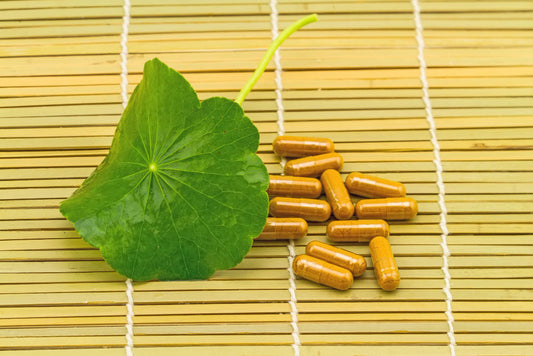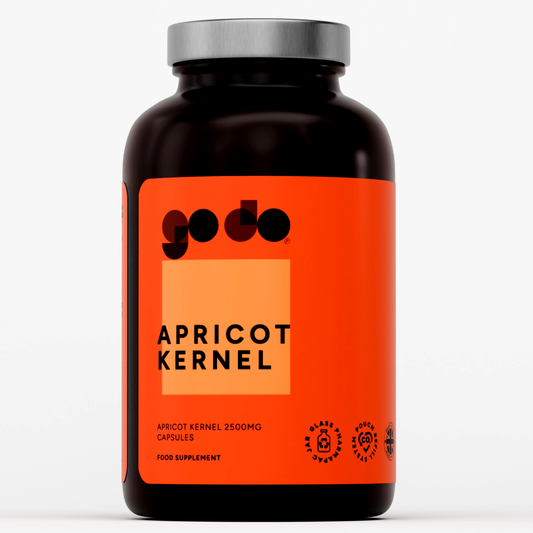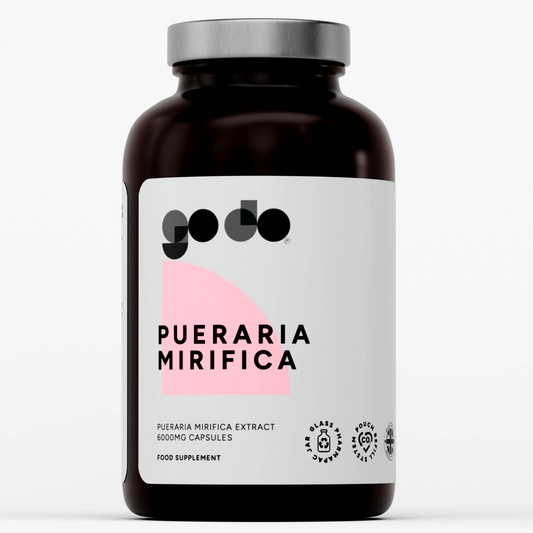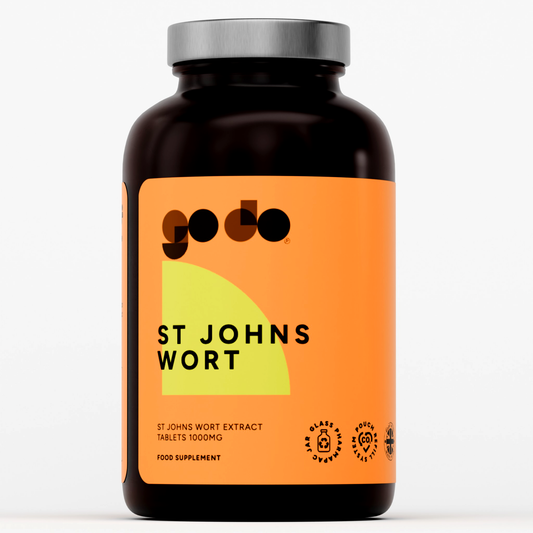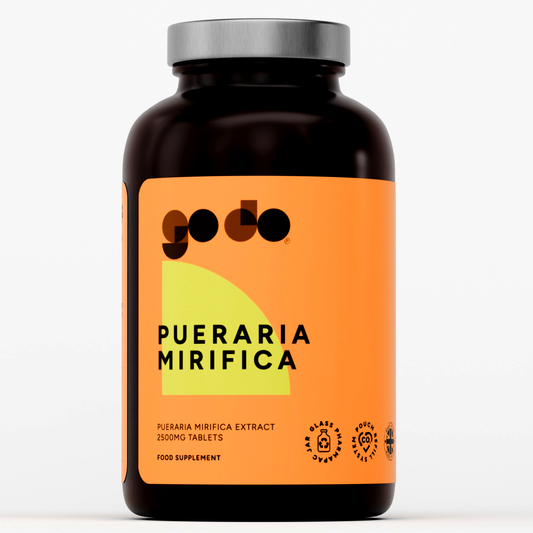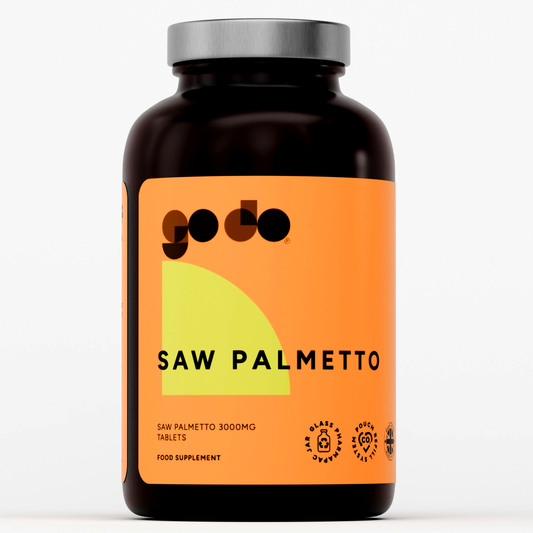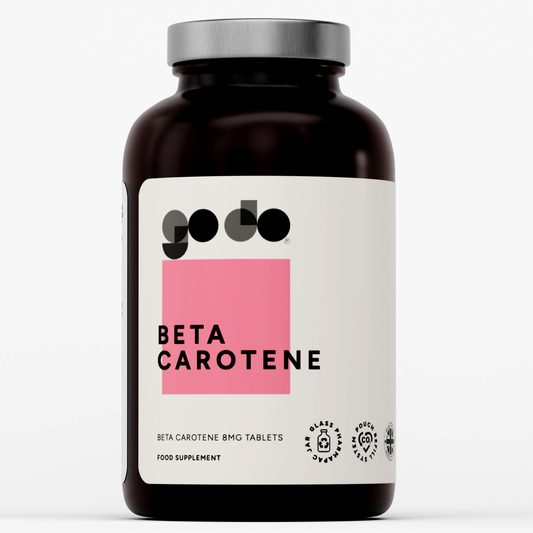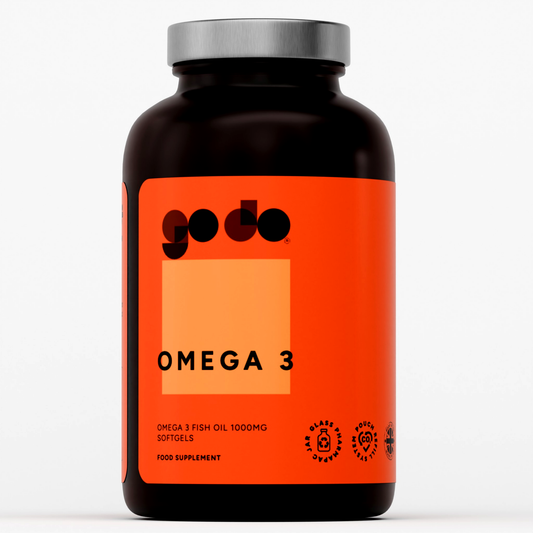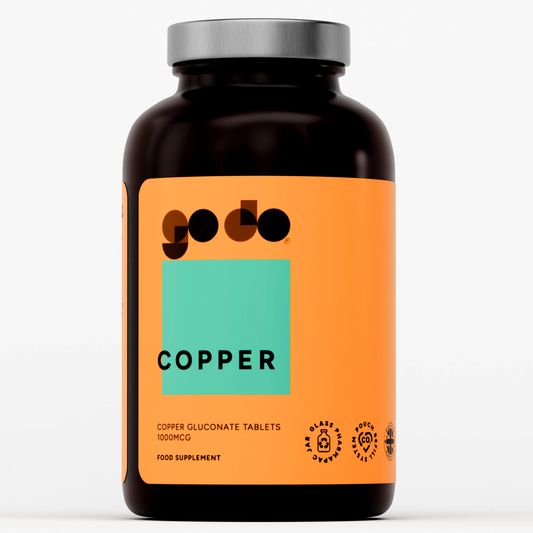Understanding Cold Water Immersion as a Recovery Modality
Cold water immersion (CWI) has emerged as one of the most widely adopted and scientifically studied recovery modalities in modern sports medicine, representing a sophisticated approach to enhancing athlete recovery through controlled thermal stress. This practice involves the deliberate submersion of the body, typically from the waist down or full-body, in water temperatures ranging from 10-15°C (50-59°F) for specific durations to trigger beneficial physiological adaptations that accelerate recovery processes.
The fundamental principle underlying cold water immersion centers on the body's complex physiological responses to cold exposure, which include vasoconstriction, reduced metabolic activity, altered inflammatory responses, and activation of the sympathetic nervous system. These responses work synergistically to address many of the physiological disturbances that occur following intense training or competition, including muscle damage, inflammation, metabolic stress, and neural fatigue.
The popularity of cold water immersion among elite athletes and sports professionals stems from its ability to provide rapid, measurable improvements in recovery markers while being relatively simple to implement and requiring minimal equipment. From professional soccer teams using ice baths after matches to Olympic swimmers incorporating cold plunges into their daily training routines, CWI has become an integral component of high-performance sports recovery protocols.
The scientific foundation for cold water immersion continues to evolve as researchers develop more sophisticated understanding of the mechanisms involved and optimal application strategies. Current research encompasses everything from the molecular level effects on muscle fiber repair to the psychological benefits of controlled stress exposure, providing a comprehensive framework for understanding how and why cold water immersion enhances athletic recovery.
Understanding the nuanced applications of cold water immersion requires recognizing that recovery is a multifaceted process involving cellular repair, metabolic restoration, neural recovery, and psychological adaptation. Cold water immersion addresses multiple aspects of this recovery process simultaneously, making it a particularly valuable tool for athletes seeking comprehensive recovery enhancement.
Physiological Mechanisms of Cold Water Immersion
Vascular Responses and Circulation
The immediate vascular response to cold water immersion involves profound vasoconstriction of peripheral blood vessels, particularly in the limbs and skin, as the body attempts to preserve core temperature and maintain vital organ function. This vasoconstriction reduces blood flow to exercised muscles, which can help limit the extent of exercise-induced muscle damage and reduce the inflammatory response that typically follows intense physical activity.
Following the initial vasoconstriction phase, removal from cold water triggers a reactive vasodilation known as the "hunting response" or cold-induced vasodilation. This rebound effect dramatically increases blood flow to previously vasoconstricted areas, creating a pumping action that enhances the circulation of fresh, oxygenated blood while facilitating the removal of metabolic waste products from exercised tissues.
The alternating vasoconstriction and vasodilation cycle created by cold water immersion acts as a vascular pump that can be more effective than passive recovery at enhancing circulation and promoting the exchange of nutrients and waste products at the cellular level. This enhanced circulation supports the delivery of oxygen and nutrients necessary for tissue repair while accelerating the removal of inflammatory mediators and metabolic byproducts.
Research has demonstrated that the vascular responses to cold water immersion can persist for several hours after exposure, providing extended benefits for circulation and tissue perfusion. This prolonged effect helps explain why athletes often report feeling more recovered and experiencing less muscle soreness hours or even days after cold water immersion protocols.
The magnitude of vascular responses to cold water immersion is influenced by factors including water temperature, immersion duration, the extent of body surface area exposed, and individual adaptation status. Athletes who regularly use cold water immersion often develop enhanced vascular responsiveness, allowing them to derive greater circulatory benefits from the practice.

Metabolic and Cellular Effects
Cold water immersion significantly reduces tissue temperature and metabolic rate in affected areas, which can help limit the extent of secondary tissue damage that often occurs following intense exercise. This reduction in metabolic demand creates a protective environment that allows damaged muscle fibers to begin repair processes without the additional stress of elevated metabolic activity.
The decreased tissue temperature achieved through cold water immersion slows the rate of enzymatic reactions involved in inflammation and tissue breakdown, potentially reducing the severity and duration of exercise-induced muscle damage. This metabolic suppression can be particularly beneficial for preventing the cascade of inflammatory events that can lead to prolonged muscle soreness and delayed recovery.
Cold exposure activates various cellular stress response pathways that can enhance the muscle's adaptive capacity and resilience to future stressors. These pathways include the activation of heat shock proteins, enhanced antioxidant enzyme production, and improved cellular energy metabolism, all of which contribute to more efficient recovery and adaptation processes.
The reduction in tissue oxygen consumption that occurs during cold water immersion can help preserve cellular energy stores and reduce the production of reactive oxygen species that contribute to exercise-induced oxidative stress. This preservation of cellular energy and reduction in oxidative damage supports more efficient recovery and can enhance subsequent exercise performance.
Mitochondrial function, which is crucial for cellular energy production and recovery, can be enhanced by the controlled stress of cold water immersion. Regular cold exposure has been shown to increase mitochondrial density and efficiency, contributing to improved cellular energy production and more effective recovery processes.
Inflammatory Response Modulation
Cold water immersion exerts complex effects on the inflammatory response to exercise, generally reducing acute inflammatory markers while potentially enhancing the resolution phase of inflammation that is crucial for effective tissue repair and adaptation. The anti-inflammatory effects of cold exposure can help reduce excessive inflammation that may impair recovery and performance.
The reduction in tissue temperature achieved through cold water immersion decreases the activity of pro-inflammatory enzymes and reduces the production of inflammatory mediators such as prostaglandins and cytokines. This modulation of inflammatory signaling can help prevent excessive inflammatory responses that may delay recovery or contribute to overuse injuries.
Cold water immersion has been shown to reduce circulating levels of inflammatory markers including C-reactive protein, interleukin-6, and tumor necrosis factor-alpha following intense exercise. These reductions in systemic inflammation can contribute to faster recovery and reduced muscle soreness while supporting overall health and immune function.
The timing of cold water immersion in relation to exercise appears crucial for optimizing its anti-inflammatory effects, with immediate post-exercise application generally providing the greatest benefits for reducing acute inflammatory responses. However, the potential for cold water immersion to interfere with beneficial inflammatory adaptations requires careful consideration in training program design.
Recent research has revealed that cold water immersion may enhance the resolution phase of inflammation by promoting the production of specialized pro-resolving mediators that actively promote the clearance of inflammatory cells and the restoration of tissue homeostasis. This enhancement of inflammation resolution may be one of the key mechanisms by which cold water immersion accelerates recovery.

Evidence-Based Benefits for Athletic Recovery
Muscle Soreness Reduction
Extensive research has consistently demonstrated that cold water immersion can significantly reduce the severity and duration of delayed onset muscle soreness (DOMS) following intense exercise. Meta-analyses of controlled studies have shown reductions in muscle soreness ratings of 20-30% when cold water immersion is applied within 24 hours of exercise compared to passive recovery methods.
The effectiveness of cold water immersion for muscle soreness reduction appears most pronounced following eccentric exercise, plyometric training, and high-intensity intermittent activities that cause significant muscle damage. Sports involving repeated high-force contractions, rapid direction changes, or prolonged duration efforts typically result in the greatest benefits from post-exercise cold water immersion.
The time course of muscle soreness reduction follows a predictable pattern, with the greatest benefits typically observed 24-72 hours post-exercise when DOMS symptoms are typically most severe. This timing aligns well with athletes' needs for rapid recovery between training sessions or competitive events, making cold water immersion particularly valuable for dense competition schedules.
Individual responses to cold water immersion for muscle soreness reduction can vary significantly, with factors including fitness level, exercise type, cold exposure history, and genetic variations in pain perception all influencing the magnitude of benefits experienced. Some athletes report dramatic improvements in muscle soreness while others experience more modest effects.
The practical significance of muscle soreness reduction extends beyond mere comfort, as reduced muscle soreness often correlates with improved movement quality, enhanced training motivation, and better subsequent exercise performance. These secondary benefits can contribute to more effective training adaptations and improved competitive outcomes over time.
Performance Recovery and Maintenance
Cold water immersion has been shown to help maintain performance capacity during periods of intensive training or competition, allowing athletes to perform closer to their peak levels in subsequent sessions. Studies have demonstrated that athletes using cold water immersion can maintain power output, sprint performance, and endurance capacity better than those using passive recovery methods.
The performance benefits of cold water immersion are most evident in scenarios requiring repeated high-intensity efforts with limited recovery time, such as tournament play, multi-day competitions, or intensive training camps. In these situations, the ability to maintain performance from session to session can be crucial for success and adaptation.
Research examining specific performance markers has shown that cold water immersion can help preserve neuromuscular function, maintain force production capacity, and reduce decrements in technical skill execution that often occur with fatigue accumulation. These benefits support both immediate performance and the quality of subsequent training sessions.
The time frame for performance recovery benefits varies depending on the type and intensity of exercise performed, but significant improvements are often observed within 24-48 hours of cold water immersion application. This timeline makes cold water immersion particularly valuable for athletes competing or training on consecutive days.
Long-term performance benefits may result from the enhanced recovery between sessions that cold water immersion provides, allowing athletes to train at higher intensities more consistently and accumulate greater training stress over time. This enhanced training capacity can lead to superior adaptations and improved competitive performance.
Psychological and Perceptual Benefits
Cold water immersion provides significant psychological and perceptual benefits that extend beyond its physiological effects, including enhanced feelings of recovery, improved mood, increased alertness, and greater confidence in recovery status. These psychological benefits can be as important as physiological improvements for overall athlete well-being and performance.
The immediate effects of cold water immersion include increased alertness and mental clarity due to the activation of the sympathetic nervous system and release of stress hormones and neurotransmitters. This acute enhancement in mental state can improve focus, decision-making, and motivation for subsequent training or competition.
Athletes consistently report feeling more recovered and refreshed following cold water immersion compared to other recovery modalities, even when objective measures show similar physiological improvements. This enhanced perception of recovery can improve training motivation, reduce anxiety about performance capacity, and contribute to more positive training experiences.
The controlled stress exposure provided by cold water immersion may help athletes develop greater mental resilience and stress tolerance, qualities that can transfer to competitive situations. Regular cold exposure requires mental discipline and stress management skills that can enhance overall psychological preparedness for athletic challenges.
Sleep quality, which is crucial for recovery and performance, may be improved through the stress-reducing effects of cold water immersion and the subsequent relaxation response that often follows the initial stress activation. Better sleep quality supports numerous recovery processes and can enhance the overall effectiveness of training programs.

Optimal Protocols and Application Strategies
Temperature and Duration Guidelines
The optimal temperature range for cold water immersion appears to be between 10-15°C (50-59°F), with this range providing effective physiological responses while remaining tolerable for most athletes. Temperatures below 10°C may provide additional benefits but can be difficult to tolerate and may increase the risk of adverse reactions, while temperatures above 15°C may not provide sufficient stimulus for optimal recovery benefits.
Duration protocols typically range from 10-20 minutes, with most research supporting 12-15 minutes as optimal for balancing effectiveness with practicality and tolerance. Shorter durations may not provide sufficient stimulus for maximal benefits, while longer exposures may not provide proportionally greater benefits and can increase the risk of excessive stress or adverse reactions.
The depth of immersion significantly influences the effectiveness of cold water immersion, with protocols involving immersion to at least the waist level generally providing superior benefits compared to partial immersion of only the legs or feet. Full-body immersion can provide additional benefits but may not be necessary for most applications and can be more challenging to implement and tolerate.
Water circulation and agitation can enhance the effectiveness of cold water immersion by preventing the formation of warm water layers around the body and ensuring consistent temperature exposure. Simple methods such as gentle movement or basic water circulation systems can significantly improve the thermal challenge and recovery benefits.
Individual tolerance and adaptation should guide the progression of cold water immersion protocols, with athletes gradually adapting to longer durations and colder temperatures over time. Beginning with shorter, warmer exposures and progressively advancing allows for better tolerance and reduced risk of adverse reactions while building adaptation to the cold stimulus.
Timing Considerations
The timing of cold water immersion relative to exercise completion significantly influences its effectiveness, with immediate post-exercise application (within 30-60 minutes) generally providing the greatest benefits for reducing muscle damage and inflammation. This immediate application helps interrupt the inflammatory cascade and reduces the extent of secondary tissue damage.
For athletes engaging in multiple training sessions per day, cold water immersion is most effectively applied between sessions rather than after the final session of the day. This timing maximizes the recovery benefits for subsequent performance while avoiding potential interference with sleep or overnight recovery processes.
The frequency of cold water immersion application depends on training intensity and schedule, with daily application during intensive training periods or competition often providing optimal benefits. However, less frequent application (every other day or 3-4 times per week) may be sufficient during lower-intensity training phases or when combined with other recovery modalities.
Seasonal considerations may influence cold water immersion timing and application, with greater benefits often observed during periods of high training load, environmental stress, or when recovery time between sessions is limited. During competition seasons or training camps, more frequent application may be warranted.
The relationship between cold water immersion timing and circadian rhythms should be considered, as cold exposure can influence core body temperature patterns and potentially affect sleep quality if applied too close to bedtime. Morning or early afternoon application is generally preferable for avoiding sleep disruption.
Individual Customization Factors
Body composition significantly influences individual responses to cold water immersion, with leaner athletes typically experiencing more rapid cooling and potentially greater physiological responses, while athletes with higher body fat percentages may require longer exposures or colder temperatures to achieve similar effects.
Previous cold exposure history and adaptation status affect tolerance and response to cold water immersion protocols, with experienced users often able to tolerate colder temperatures and longer durations while requiring more intense stimuli to achieve the same recovery benefits as cold-naive individuals.
Age-related factors influence both tolerance and response to cold water immersion, with younger athletes generally tolerating cold exposure better and potentially deriving greater benefits, while older athletes may require modified protocols but can still achieve significant recovery improvements.
Gender differences in cold tolerance and physiological responses may necessitate customized protocols, with research suggesting that hormonal fluctuations, body composition differences, and thermoregulatory variations between males and females can influence optimal application strategies.
Genetic factors, including variations in genes affecting cold tolerance, inflammatory responses, and muscle fiber types, may influence individual responses to cold water immersion and help guide personalized protocol development for optimal recovery benefits.
Practical Implementation for Different Sports
Team Sports Applications
Team sports characterized by intermittent high-intensity efforts, frequent changes of direction, and significant muscle damage from impacts and eccentric contractions typically derive substantial benefits from cold water immersion protocols. Sports such as soccer, rugby, basketball, and American football have extensively adopted cold water immersion as a standard recovery practice.
The implementation of cold water immersion in team sport settings often involves portable ice baths or cold plunge pools that can accommodate multiple athletes simultaneously, allowing for efficient recovery protocols that fit within post-training or post-competition timeframes. Team facilities increasingly include dedicated cold water immersion areas as standard equipment.
Game schedule density in many team sports, with matches occurring every few days during competitive seasons, makes rapid recovery essential for maintaining performance levels. Cold water immersion provides an effective solution for accelerating recovery between games while being practical enough for regular implementation throughout extended seasons.
Position-specific considerations within team sports may influence cold water immersion protocols, with players experiencing different types and amounts of muscle stress potentially benefiting from customized approaches. For example, soccer goalkeepers may require different protocols than field players due to different movement patterns and stress profiles.
The social aspect of team cold water immersion can provide additional psychological benefits, with group recovery sessions potentially enhancing team cohesion while ensuring consistent application of recovery protocols across all team members.
Endurance Sports Considerations
Endurance sports present unique challenges and opportunities for cold water immersion application, with the prolonged nature of activities like distance running, cycling, and triathlon creating different recovery needs compared to power or team sports. The metabolic stress and thermal challenges of endurance exercise often make cold water immersion particularly beneficial.
Long-duration endurance events can result in significant muscle damage, dehydration, and thermal stress that cold water immersion can help address. The cooling effects are particularly valuable for athletes who have experienced hyperthermia during training or competition in hot environments.
The training volume typical of endurance sports, with athletes often training multiple times per day or on consecutive days, makes efficient recovery crucial for maintaining training quality and preventing overuse injuries. Cold water immersion can help maintain the consistency of high-quality training sessions throughout intensive training periods.
Multi-sport endurance athletes such as triathletes may benefit from sport-specific cold water immersion protocols that address the unique stresses of swimming, cycling, and running. The varied movement patterns and muscle recruitment of these activities may require comprehensive cooling approaches.
Recovery periodization in endurance sports, with varying training intensities and volumes throughout preparation cycles, allows for strategic application of cold water immersion during the most demanding phases while potentially reducing frequency during easier training periods.
Strength and Power Sports
Strength and power sports involving maximal or near-maximal efforts, heavy resistance training, and explosive movements create specific types of muscle stress that can benefit from targeted cold water immersion protocols. Sports such as weightlifting, powerlifting, track and field throwing events, and gymnastics often involve high force production that can benefit from enhanced recovery.
The neuromuscular fatigue characteristic of strength and power training may be effectively addressed through cold water immersion, with the enhanced circulation and reduced inflammation helping to restore neuromuscular function more rapidly than passive recovery methods.
Training frequency in strength and power sports often involves multiple sessions targeting the same muscle groups within short time periods, making rapid recovery essential for maintaining training quality and progressive overload. Cold water immersion can help preserve force production capacity between sessions.
The specific adaptation requirements of strength and power sports, including the need for continued protein synthesis and hypertrophic responses, require careful consideration of cold water immersion timing to avoid interference with beneficial training adaptations while still providing recovery benefits.
Competition preparation in strength and power sports often involves peaking strategies that require optimal recovery between high-intensity sessions, making cold water immersion a valuable tool for maintaining performance capacity during crucial preparation phases.
Safety Considerations and Contraindications
Physiological Risks and Precautions
Cold water immersion, while generally safe for healthy athletes, carries certain physiological risks that require careful consideration and appropriate precautions. The most immediate concern involves the cold shock response, which can cause rapid changes in heart rate, blood pressure, and breathing patterns that may be dangerous for individuals with underlying cardiovascular conditions.
Hypothermia represents a potential risk with prolonged or excessively cold exposure, particularly in athletes with low body fat, those who are fatigued or dehydrated, or when environmental conditions contribute to continued heat loss after immersion. Monitoring core body temperature and establishing clear duration limits helps prevent hypothermia development.
The cardiovascular stress of cold water immersion includes increased blood pressure, heart rate changes, and altered circulation patterns that may be contraindicated for individuals with heart conditions, hypertension, or circulatory disorders. Medical clearance should be obtained for athletes with known cardiovascular risk factors.
Respiratory responses to cold water immersion include an initial gasp reflex and potential breathing difficulties that can be particularly concerning for athletes with asthma or other respiratory conditions. Gradual adaptation and proper breathing techniques can help minimize respiratory stress during cold exposure.
Skin and tissue damage from excessive cold exposure, including frostbite or cold-induced urticaria, can occur with improper protocols or individual hypersensitivity. Proper temperature monitoring and individual tolerance assessment help prevent these complications.
Medical Contraindications
Absolute contraindications to cold water immersion include certain cardiovascular conditions such as unstable angina, recent myocardial infarction, uncontrolled hypertension, and severe heart failure. These conditions create risks for dangerous cardiovascular events during the stress of cold exposure.
Neurological conditions including uncontrolled epilepsy, severe autonomic dysfunction, and certain movement disorders may be contraindicated for cold water immersion due to the potential for triggering seizures or exacerbating neurological symptoms through cold-induced stress.
Certain medications can influence the safety and effectiveness of cold water immersion, including beta-blockers that may impair thermoregulatory responses, vasodilators that could cause dangerous blood pressure changes, and medications affecting consciousness or coordination that increase drowning risk.
Pregnancy requires special consideration for cold water immersion protocols, with concerns about fetal effects of maternal cold stress and altered cardiovascular responses during pregnancy making medical consultation essential before implementing cold water immersion protocols.
Recent injuries or surgeries, particularly those involving impaired circulation, open wounds, or compromised tissue integrity, may contraindicate cold water immersion due to risks of delayed healing, infection, or tissue damage from reduced blood flow.
Monitoring and Emergency Procedures
Proper supervision during cold water immersion is essential for ensuring safety, with trained personnel present to monitor athlete responses, recognize signs of distress, and implement emergency procedures if necessary. This supervision is particularly important for athletes new to cold water immersion or those using aggressive protocols.
Continuous monitoring of vital signs, including heart rate, blood pressure, and core body temperature when possible, helps ensure that physiological responses remain within safe limits and allows for early intervention if problems develop.
Clear protocols for emergency situations should be established and rehearsed, including procedures for removing athletes from cold water, warming protocols for hypothermia, and access to emergency medical services if serious complications arise.
Communication systems should be in place to allow athletes to signal distress or request assistance during cold water immersion, with clear instructions provided on when to exit the water and how to seek help if needed.
Post-immersion monitoring should continue for an appropriate period to ensure that delayed reactions do not occur and that normal thermoregulatory function is restored before athletes leave the supervision of trained personnel.
Integration with Other Recovery Modalities
Combination with Active Recovery
The integration of cold water immersion with active recovery methods can provide synergistic benefits that exceed those of either modality alone. Light aerobic exercise or gentle movement following cold water immersion can help accelerate rewarming while maintaining enhanced circulation and promoting the clearance of metabolic waste products.
Timing considerations for combining cold water immersion with active recovery are crucial, with most protocols involving cold water immersion first to maximize its anti-inflammatory and analgesic effects, followed by gentle active recovery to enhance circulation and prevent excessive vasoconstriction.
The intensity and duration of active recovery following cold water immersion should be carefully modulated to avoid excessive stress while providing beneficial movement and circulation enhancement. Low-intensity activities such as walking, gentle cycling, or light swimming are typically most appropriate.
Individual tolerance for combined protocols may vary significantly, with some athletes responding well to immediate active recovery following cold water immersion while others may require longer rest periods before engaging in movement activities.
Sport-specific active recovery movements that mimic competitive activities at low intensities can provide additional benefits by maintaining movement patterns and neuromuscular coordination while supporting the recovery effects of cold water immersion.
Nutritional Recovery Support
The combination of cold water immersion with appropriate nutritional interventions can enhance recovery by addressing multiple aspects of the post-exercise adaptation process. Proper hydration before, during, and after cold water immersion is crucial for maintaining cardiovascular function and optimizing the physiological responses to cold exposure.
Post-exercise nutrition timing in relation to cold water immersion requires consideration of how cold exposure might affect nutrient absorption and metabolism. Generally, providing nutrition shortly after cold water immersion allows for optimal nutrient delivery once circulation is restored.
Anti-inflammatory nutrients such as omega-3 fatty acids, antioxidants, and polyphenols may complement the anti-inflammatory effects of cold water immersion, providing enhanced recovery benefits through multiple pathways. However, excessive antioxidant supplementation might interfere with beneficial adaptations to exercise stress.
Protein intake timing and cold water immersion should be coordinated to optimize muscle protein synthesis while allowing for the recovery benefits of cold exposure. Current evidence suggests that protein intake shortly after cold water immersion does not impair recovery benefits and may enhance adaptation.
Carbohydrate replenishment following cold water immersion helps restore muscle glycogen while supporting the energy demands of rewarming and recovery processes. The timing and amount of carbohydrate intake should be adjusted based on subsequent training or competition demands.
Technology-Enhanced Recovery
Modern recovery facilities increasingly integrate cold water immersion with other technology-enhanced recovery modalities such as compression therapy, electrical stimulation, and pneumatic devices. These combinations can provide comprehensive recovery support addressing multiple physiological systems simultaneously.
Compression garments worn during or after cold water immersion may enhance the vascular effects by providing additional circulatory support while maintaining the temperature benefits of cold exposure. The timing and application of compression should be coordinated with cold water immersion protocols.
Electrical stimulation devices used in conjunction with cold water immersion can provide neuromuscular benefits while complementing the anti-inflammatory and circulatory effects of cold exposure. These combined approaches may be particularly beneficial for sports with high neuromuscular demands.
Heart rate variability monitoring and other biometric tracking technologies can help optimize cold water immersion protocols by providing objective feedback on autonomic nervous system responses and recovery status, allowing for more precise individualization of protocols.
Advanced temperature monitoring and control systems enable more precise cold water immersion protocols with better temperature consistency and real-time adjustment capabilities, improving both safety and effectiveness of applications.

Future Directions and Emerging Research
Personalized Recovery Protocols
The future of cold water immersion application lies in developing personalized protocols based on individual genetic profiles, physiological characteristics, and response patterns. Genetic testing for polymorphisms affecting cold tolerance, inflammatory responses, and muscle fiber types may guide individualized protocol development.
Biomarker monitoring including inflammatory markers, stress hormones, and metabolic indicators can provide objective feedback for optimizing cold water immersion protocols and tracking individual responses over time. This approach enables evidence-based adjustments to enhance effectiveness.
Artificial intelligence and machine learning applications are beginning to analyze large datasets of athlete responses to cold water immersion, identifying patterns and predictive factors that can guide protocol optimization and outcome prediction for individual athletes.
Wearable technology integration allows for continuous monitoring of physiological responses during cold water immersion, providing real-time feedback for protocol adjustment and safety monitoring while building databases of individual response characteristics.
The development of standardized testing protocols for cold water immersion responses may enable more systematic assessment of individual tolerance and optimal protocol parameters, leading to more effective and safer applications across diverse athletic populations.

Novel Application Methods
Emerging technologies for cold water immersion delivery include sophisticated cooling systems that provide precise temperature control, circulation patterns, and graduated cooling profiles that may enhance effectiveness while improving tolerance and safety.
Portable and field-deployable cold water immersion systems are being developed to enable effective recovery protocols in various settings, from training camps to competition venues, expanding the accessibility and practical application of cold water immersion.
Contrast therapy protocols combining cold water immersion with heat exposure in systematic patterns are being refined to optimize the vascular and recovery benefits while minimizing potential negative effects of either extreme temperature exposure alone.
Partial body cooling systems that target specific muscle groups or body regions allow for more focused recovery interventions while reducing the overall physiological stress of full-body cold exposure, potentially enabling more frequent or aggressive applications.
Virtual reality and distraction technologies are being integrated with cold water immersion to improve tolerance and psychological responses, potentially allowing for longer or more effective exposures while reducing the perceived stress of cold exposure.
Research Gaps and Opportunities
Long-term adaptation effects of regular cold water immersion use remain understudied, with questions about whether continued benefits occur with chronic use or whether adaptation reduces effectiveness over time requiring further investigation.
The interaction between cold water immersion and training adaptations continues to be an area of active research, with particular interest in understanding how timing and application affect beneficial adaptations versus recovery benefits.
Gender-specific responses to cold water immersion and optimal protocols for female athletes represent an important research gap, with hormonal influences, body composition differences, and thermoregulatory variations requiring systematic investigation.
Pediatric and adolescent applications of cold water immersion lack comprehensive research, with questions about safety, effectiveness, and appropriate protocols for developing athletes requiring careful study before widespread implementation.
The economic analysis of cold water immersion implementation, including cost-effectiveness compared to other recovery modalities and return on investment for athletic performance improvements, represents an important area for future research in sports medicine and performance optimization.\

Conclusion: Optimizing Cold Water Immersion for Athletic Performance
Cold water immersion has evolved from a simple post-exercise intervention to a sophisticated recovery modality backed by extensive scientific research and proven effectiveness across diverse athletic populations. The comprehensive physiological benefits, including reduced muscle soreness, enhanced performance recovery, and improved psychological well-being, make cold water immersion a valuable tool for athletes seeking optimal recovery and performance enhancement.
The key to successful cold water immersion implementation lies in understanding the scientific principles underlying its effectiveness and applying evidence-based protocols tailored to individual athlete needs, sport demands, and specific circumstances. Temperature ranges of 10-15°C for 12-15 minutes provide effective benefits for most applications, though individual customization may optimize outcomes.
Safety considerations and proper implementation protocols ensure that cold water immersion can be applied effectively across diverse athletic populations while minimizing risks and maximizing benefits. Appropriate supervision, monitoring, and adherence to contraindications are essential for safe and effective application.
The integration of cold water immersion with other recovery modalities, including active recovery, nutrition, and technology-enhanced interventions, provides opportunities for comprehensive recovery programs that address multiple aspects of post-exercise adaptation and performance restoration.
Future developments in personalized protocols, novel application methods, and deeper understanding of individual responses will continue to enhance the effectiveness and accessibility of cold water immersion for athletic recovery. The growing body of research supports its continued evolution as a cornerstone of modern sports recovery practices.
For athletes and practitioners considering cold water immersion implementation, the evidence clearly supports its effectiveness when applied appropriately with proper protocols, safety considerations, and individual customization. The combination of immediate practical benefits and long-term performance enhancement makes cold water immersion a valuable investment in athletic success and career longevity.
The future of cold water immersion in athletic recovery appears bright, with continued research refinement, technological advancement, and practical application development promising even greater benefits for athletes seeking optimal recovery and performance outcomes through evidence-based recovery interventions.










